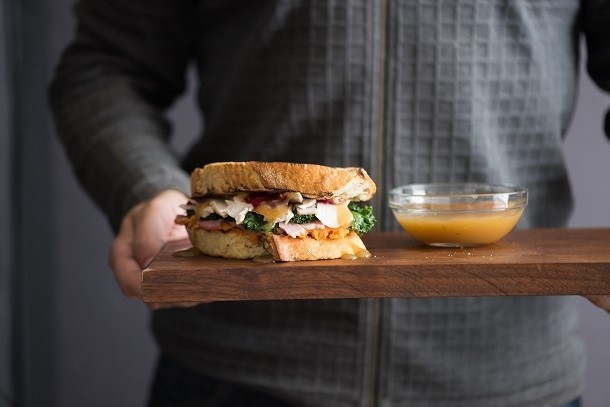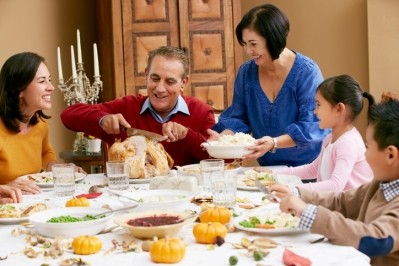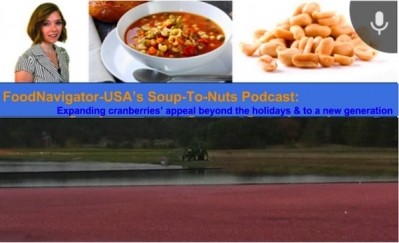Clean label and meal kits are changing how consumers set the table at Thanksgiving

In fact, Nielsen found consumers spend more on better-for-you ingredients leading up to Thanksgiving than they do during an average week in the year. This includes shopping for “superfoods,” “specialty diet attributes” and animal products that prominently display welfare claims.
Some of this growth in “clean eating” during the holiday is just coincidence given the sweet potato’s technical status as a superfood and its longtime status as a Thanksgiving staple. But Nielsen data shows that consumers are still trading up with the tuber. Packed with vitamins A and C and other antioxidants, sweet potatoes sold in the produce section of stores brought in $420 million in sales in the year ending Sept. 30, 2017, and a sizable portion of this -- $48.8 million – came from the three weeks leading up to the Thanksgiving, according to Nielsen.
While this is not that much more than the prior year – only 0.6% higher – what is notable is that sales of organic sweet potatoes increased 12%, while sales of conventional ones fell 2%, Nielsen data shows.
Other healthy vegetables and fruit sold in the week leading up to and including Thanksgiving last year include $4.3 million of Brussels sprouts, $4 million of kale, 483 thousand pounds of fresh pumpkin and 17 million pounds of fresh cranberries, according to Nielsen.
Nielsen data also shows that Americans are offering more vegan and vegetarian options on their holiday menus than in years past – another sign of the clean-eating movement's influence.
For example, sales of vegan salad toppings are up 393% in the three weeks leading up to Thanksgiving last year, as are sales of vegan pie filling (up 357%), vegan breading and stuffing (up 179%), vegetarian pie crusts (up 212%), vegetarian frozen sweet goods (up 165%) and vegetarian frozen whipped topping (up 146%) compared to the average weekly dollar sales.
In addition, Nielsen says 39% of Americans are skipping animal protein and trying to include more plant-based options than previously.
For those who eat animal meat, more people are reaching for products labeled as natural or organic than during an average week. For example, Nielsen data shows that sales of natural and organic turkey is up 153% in the three weeks leading up to Thanksgiving last year than the average week. Likewise, natural and organic ham is up 72% and natural and organic breakfast sausage is up 36%
Even though sales in the segments are up, conventionally produced turkey, ham and breakfast sausage still significantly outsell natural and organic options, Nielsen data shows.
Meal kits, ecommerce and international food on the rise
Trying to eat cleaner isn’t the only shift changing how Americans enjoy Thanksgiving.
How consumers are buying groceries, what they are buying and who they are celebrating with also is changing, according to Nielsen data.
Almost a third of Americans now say they prefer to make holiday meals from kits – not scratch, according to Nielsen. It adds that salad kits also are up 8% to $3.7 billion in sales in the year ending April. 2, 2016 from the previous year.
For those shoppers who prefer to make their own meals – and salads – roughly a third are embracing click and collect options to speed grocery shopping during the holiday season. This is even higher among households with children.
While consumers are stocking up on traditional dishes for Thanksgiving, those who also mark the emerging Friendsgiving holiday are increasingly opting for more adventurous fare, according to Nielsen. It found 39% of those who celebrate Friendsgiving will bring a side dish from another culture, 38% will bring a traditional dish with a flavor from another culture and 32% will bring a main dish from another culture.
While this is a lot of change, it is mostly good news for manufacturers and retailers – resulting in more purchases and a wider variety of products in store carts.










